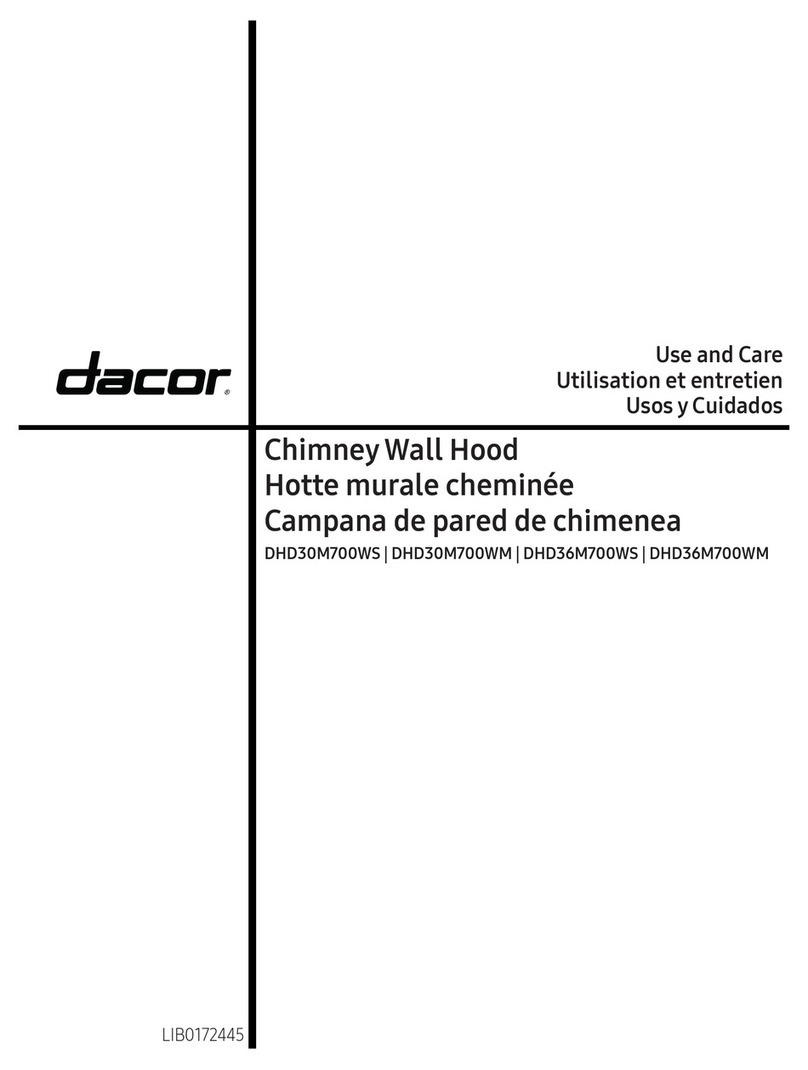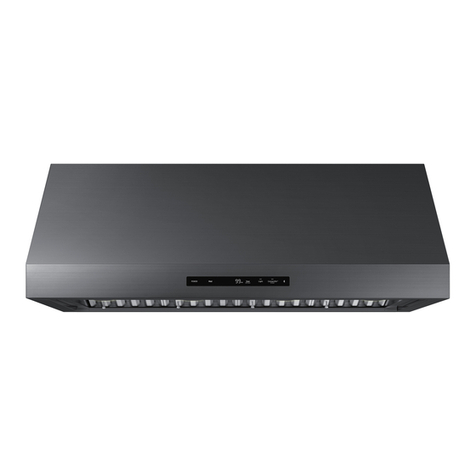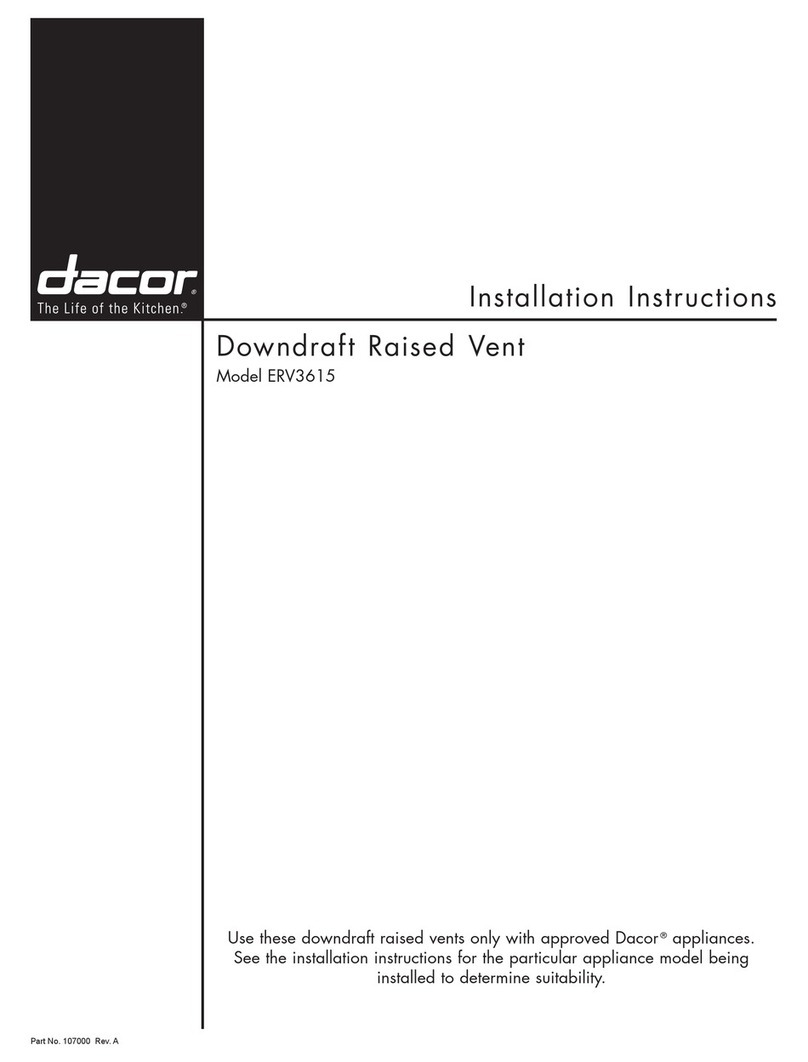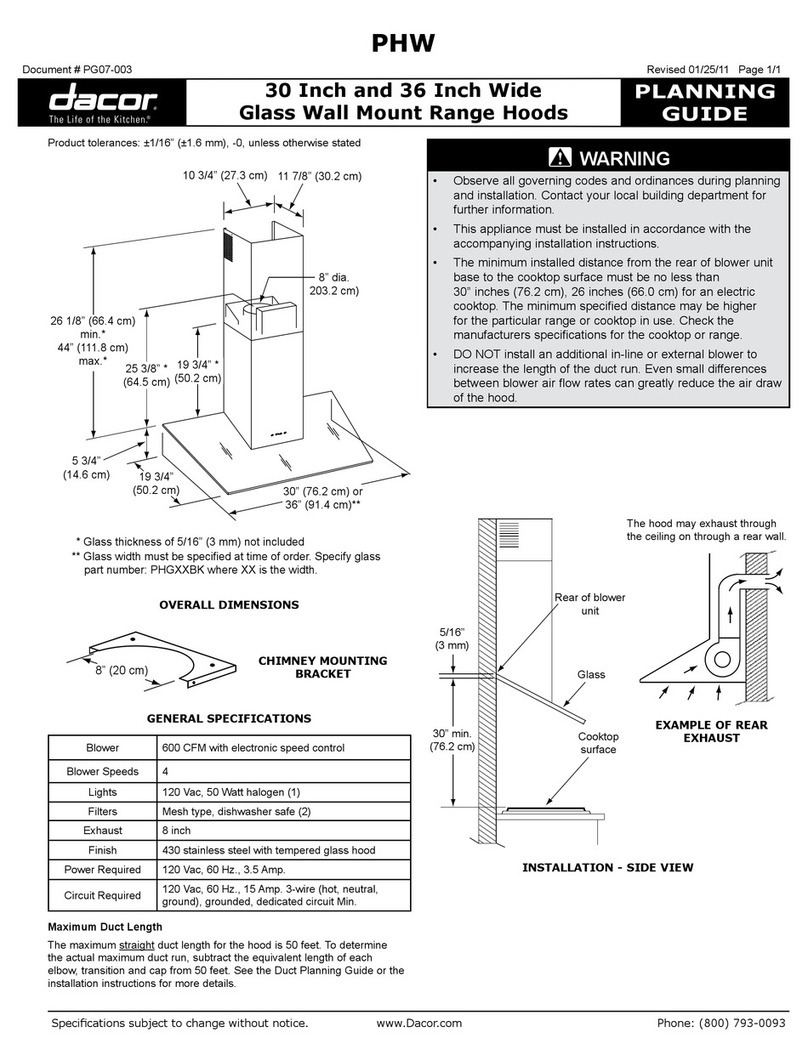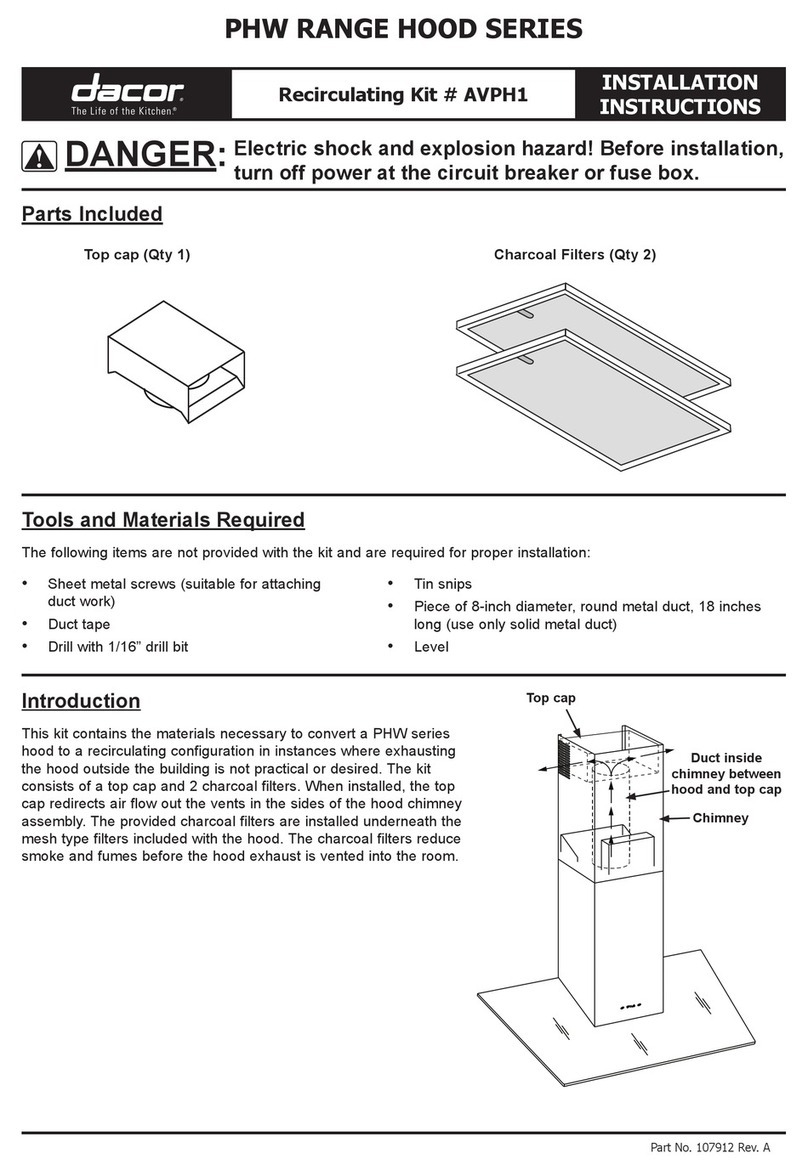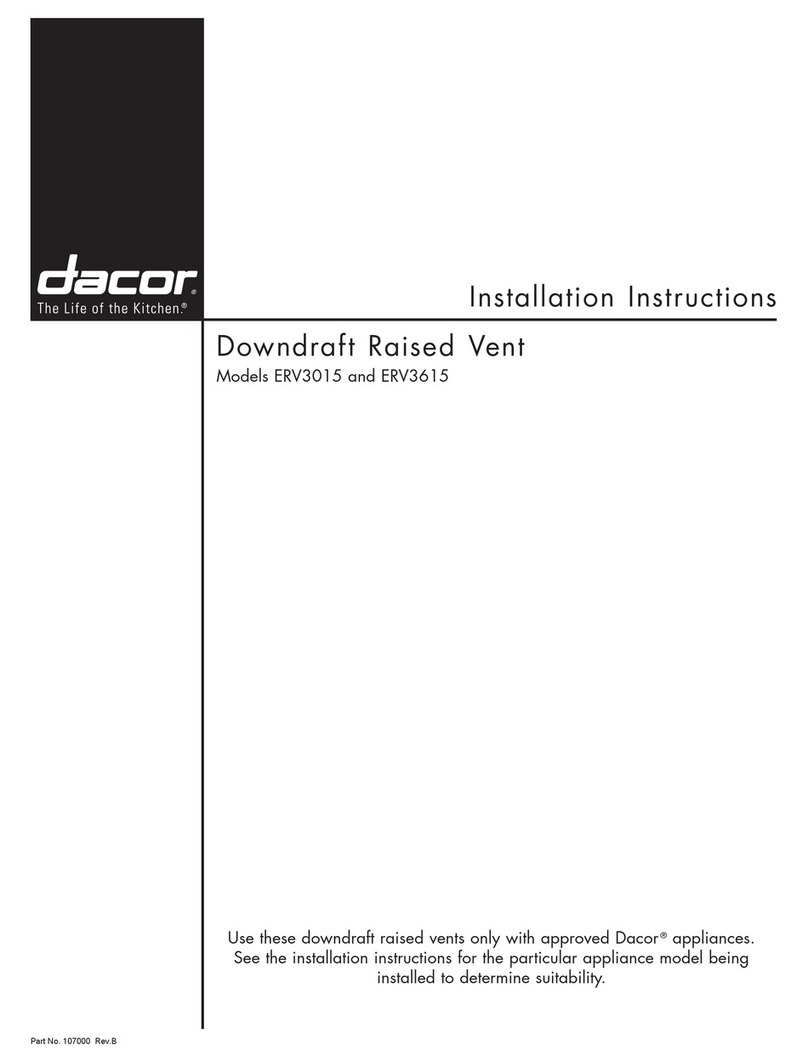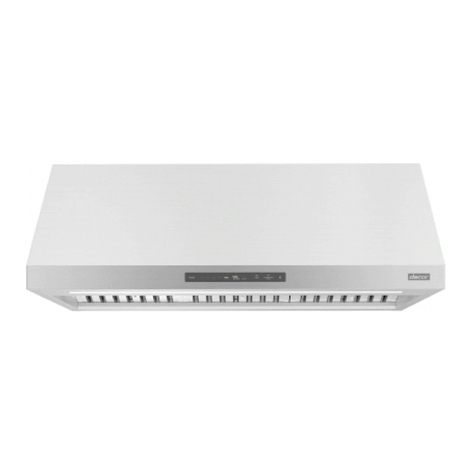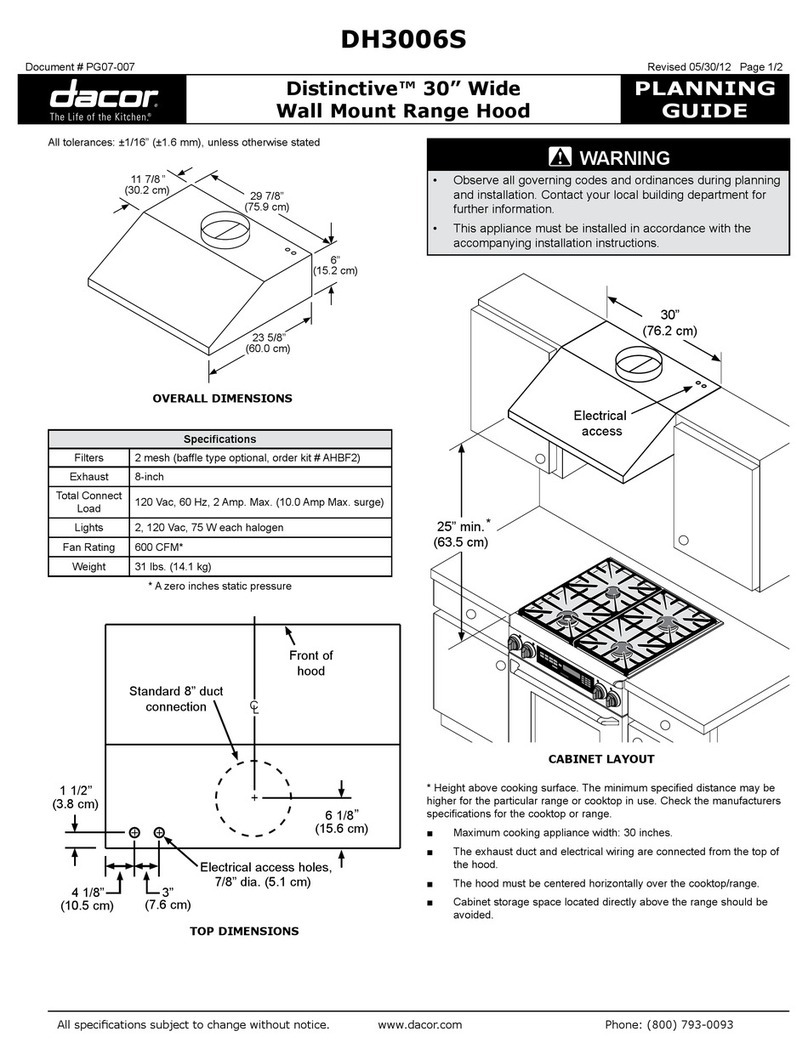
ENGLISH 5
Important Safety Instructions
However, there is no guarantee that interference will not occur in a particularinstallation. If this equipment does
cause harmful interference to radio or television reception, which can be determined by turning the equipment
off and on, the useris encouraged to try to correct the interference by one ormore of the following measures:
• Reorienting or relocating the receiving antenna
• Increasing the separation between the equipment and receiver
• Connecting the equipment to an outlet that is on a different circuit than the radio orTV
• Consulting the dealer or an experienced radio/TV technician forhelp.
FCC RADIATION EXPOSURE STATEMENT:
This equipment complies with FCC radiation exposure limits set forth for an uncontrolled environment. This
equipment should be installed and operated so there is at least 8 inches (20 cm) between the radiator and your
ortransmitter.
2. IC Notice
(2) this device must accept any interference, including interference that may cause undesired operation of the
device.
This Class B digital apparatus complies with Canadian ICES-003. For products sold in the US and Canadian
markets, only channels 1~11 are available. You cannot select any other channels.
IC RADIATION EXPOSURE STATEMENT:
This equipment complies with IC RSS-102 radiation exposure limits set forth for an uncontrolled environment.
This equipment should be installed and operated so there is at least 8 inches (20 cm) between the radiator
antenna ortransmitter.
WARNING
TO REDUCE THE RISK OF FIRE, ELECTRIC SHOCK, OR INJURY TO PERSONS, OBSERVE THE FOLLOWING
PRECAUTIONS:
• Use this unit only in the manner intended by the manufacturer. If you have questions, contact the manufac-
turer.
• Before servicing or cleaning the unit, switch the power off at the service panel and lock the service panel to
prevent powerfrom being switched on accidentally. If the service panel cannot be locked, securely fasten a
prominent warning device, such as a tag to the service panel.
•
•
burning equipment to prevent backdrafting. Follow the heating equipment manufacturer’s guideline and
safety standards such as those published by the National Fire Protection Association (NFPA), the American
Society for Heating, Refrigeration and Air Conditioning Engineers (ASHRAE), and the local code authorities.
• When cutting or drilling into the wall orceiling; do not damage electrical wiring and other hidden utilities.
• Ducted fans must always be vented outdoors.
CAUTION
Forgeneral ventilating use only. Do not use to exhaust hazardous or explosive materials and vapors.
